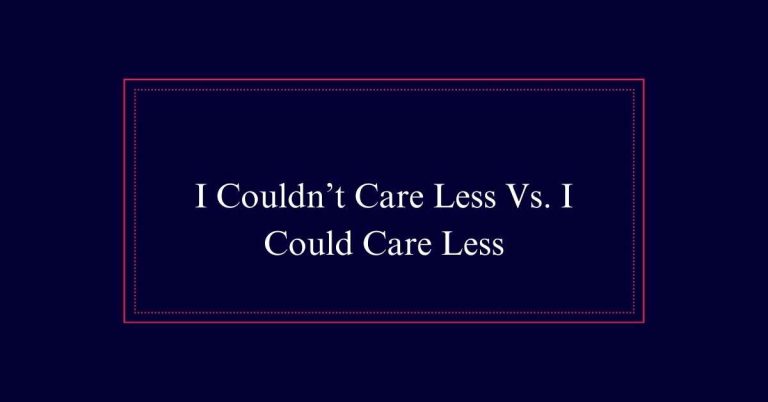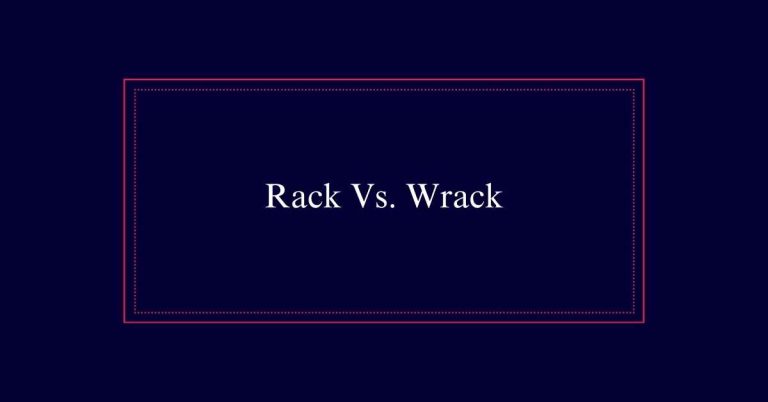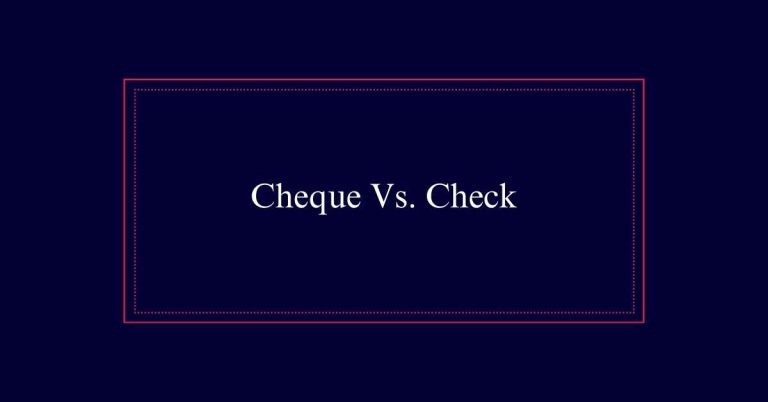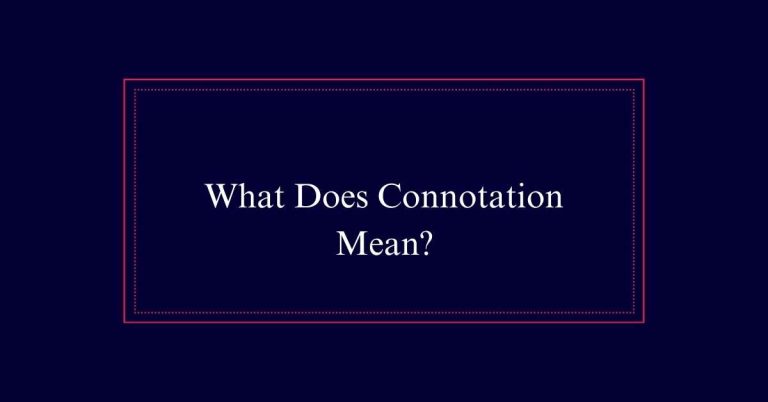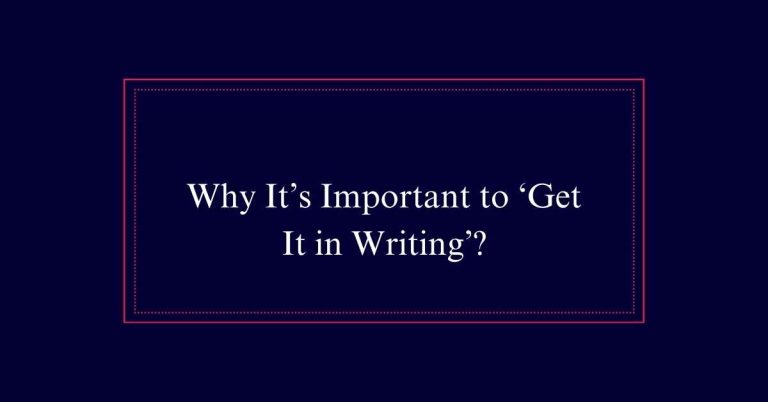Good Vs. Well: How Should I Use Them?
‘Good’ is an adjective used to describe nouns, such as people, places, or things. For example, “She is a good teacher.” It can also describe a state, like in “Life is good.” ‘Well’ is an adverb that modifies verbs and describes how an action is performed, e.g., “He runs well.” It is also used to describe health, as in “She is feeling well.”
Understanding “Good”
Understanding ‘Good’ begins with recognizing its role as an adjective that modifies nouns. It describes a person, place, or thing. For example, you might say, ‘This lasagna is good,’ indicating a positive quality about the lasagna.
The term ‘good’ can also describe a state, such as in the phrase ‘Life is good.’ Additionally, ‘good’ can be used with linking verbs like feel, seem, or look. For instance, ‘She looks good’ implies that her appearance is pleasing.
Understanding “Well”
While ‘good’ describes the qualities of nouns, ‘well’ is used to modify actions. This means ‘well’ typically accompanies verbs to indicate how something is done.
For example, saying ‘She sings well’ means her singing is of high quality. ‘Well’ can also describe someone’s health. If you ask, ‘How are you?’ and they respond, ‘I am well,’ they are indicating they are healthy.
Remember, ‘well’ should be used with action verbs like ‘run,’ ‘write,’ or ‘perform.’ For instance, ‘He performed well in the play’ is correct.
It is important to utilize ‘well’ correctly to guarantee clarity in communication, especially when describing actions or states of health.
Modifying People and Places
When modifying people and places, ‘good’ is the appropriate choice to describe their qualities. Use ‘good’ to highlight the positive attributes of individuals and locations. This helps convey clear, concise information about their overall nature.
For example:
- ‘She is a good teacher’ emphasizes her effectiveness in teaching.
- ‘This is a good neighborhood’ implies a pleasant and safe environment.
Here are some examples to illustrate this usage further:
- ‘He is a good leader.’
- ‘The restaurant has good food.’
- ‘They live in a good area.’
- ‘She has a good heart.’
Modifying Actions
To modify actions, use the word ‘well’ to describe how something is done. ‘Well’ is an adverb, meaning it adjusts verbs to communicate the quality of an action.
For example, you would say, ‘She sings well,’ to describe how she sings. This indicates the manner in which the singing is performed. Another example is, ‘He writes well,’ meaning his writing is of good quality.
Always use ‘well’ with action verbs, such as ‘to do’, ‘to run’, and ‘to perform’. This rule helps guarantee clarity and correctness in your descriptions.
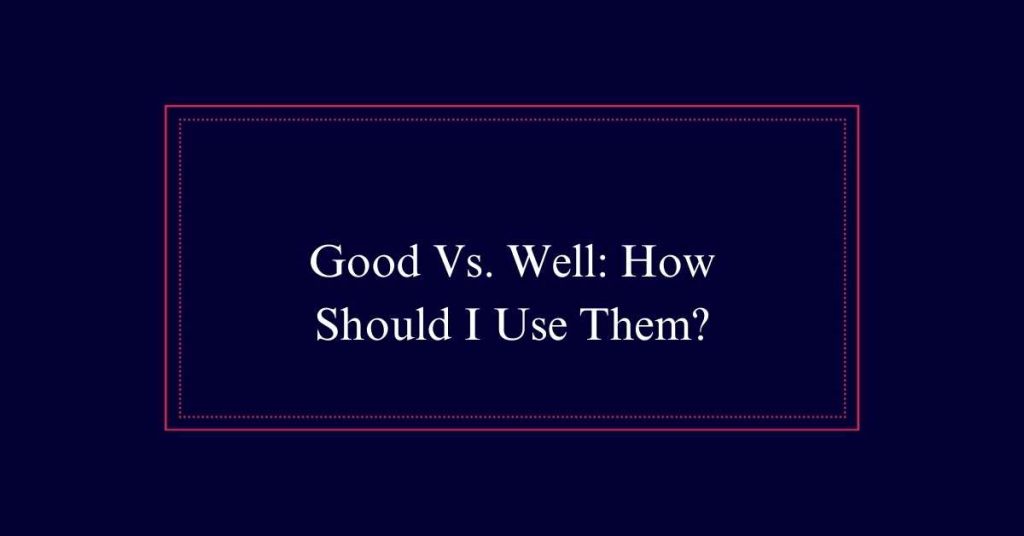
Common Mistakes
Many people mistakenly use ‘good’ and ‘well’ interchangeably, leading to common grammatical errors. This misuse often stems from confusion about how these words function in sentences. ‘Good’ is an adjective, whereas ‘well’ is primarily an adverb. Understanding this distinction is important to avoid errors.
Common mistakes include:
- Using ‘good’ to describe actions:
Saying, ‘He did good on the test,’ instead of ‘He did well on the test.’
- Using ‘well’ to describe nouns:
Saying, ‘She is a well artist,’ instead of ‘She is a good artist.’
- Confusing state-of-being verbs:
Incorrectly saying, ‘I feel well,’ when referring to emotions rather than health.
- Misusing with linking verbs:
Saying, ‘The soup tastes well,’ instead of ‘The soup tastes good.’
Action Verbs and “Well”
Action verbs require the use of ‘well’ to describe how an action is performed. This is because ‘well’ is an adverb and it modifies verbs, indicating the manner in which an action occurs. For example, saying ‘She sings well’ correctly utilizes ‘well’ to describe how she performs the action of singing.
| Action Verb | Incorrect Usage | Correct Usage |
|---|---|---|
| Run | He runs good. | He runs well. |
| Speak | She speaks good. | She speaks well. |
| Write | They write good. | They write well. |
| Dance | I dance good. | I dance well. |
| Play | You play good. | You play well. |
Nouns and “Good”
When describing a person, place, or thing, ‘good’ is the appropriate word to use. ‘Good’ is an adjective that modifies nouns, offering a positive evaluation. For example, saying, ‘She is a good teacher,’ highlights her positive qualities.
Consider the following uses of ‘good’:
- Good Day: Indicates a day that is pleasant or satisfying.
- Good Meal: Refers to a meal that is tasty or well-prepared.
- Good Book: Describes a book that is interesting or well-written.
- Good Person: Defines someone with admirable qualities or behavior.
Health and Wellbeing
While ‘good’ is used to describe nouns, ‘well’ is the correct term when referring to health and wellbeing. When you want to express a positive health status, use ‘well.’ For example, you might say, ‘I am feeling well today,’ to indicate good health.
On the other hand, ‘good’ is not appropriate in this scenario. Instead, it refers to behavior or quality. For instance, ‘Be good’ suggests behaving properly, whereas ‘Be well’ is a wish for good health.
Linking Verbs
Linking verbs connect the subject of a sentence to a subject complement, describing a state rather than an action. Unlike action verbs, linking verbs do not show what the subject does; instead, they describe what the subject is.
This distinction is important when deciding whether to use ‘good’ or ‘well.’
Key points to remember about linking verbs:
- Usage: Linking verbs include words like ‘feel,’ ‘seem,’ ‘look,’ and ‘be.’
- Modification: These verbs can take adjectives like ‘good’ instead of adverbs like ‘well.’
- State of Being: They express conditions or states, not actions.
- Common Examples: Sentences like ‘She looks good’ or ‘He feels good’ use linking verbs to describe states.
Practical Examples
To master the use of ‘good’ and ‘well,’ let’s examine practical examples that highlight their proper usage. When describing performance, “Did you do well on your exams?” is correct because ‘well’ modifies the verb ‘do.’ Conversely, “The lasagna is good” is proper because ‘good’ modifies the noun ‘lasagna.
Here’s a table to clarify:
| Example Sentence | Correct Usage | Explanation |
|---|---|---|
| Did you do good on your exams? | Incorrect | ‘Good’ should not modify ‘do.’ |
| Did you do well on your exams? | Correct | ‘Well’ modifies the action ‘do.’ |
| The lasagna is good. | Correct | ‘Good’ modifies ‘lasagna.’ |
| The lasagna is well. | Incorrect | ‘Well’ should not modify ‘lasagna.’ |
Frequently Asked Questions
Can ‘Good’ and ‘Well’ Be Used Interchangeably?
Good and well are not interchangeable. “Good” modifies nouns, describing a person, place, or thing. “Well” modifies verbs, describing actions. Exceptions include health contexts, where “well” describes wellbeing, and linking verbs, where “good” can be used.
Is ‘Well’ Ever Used With Non-Action Verbs?
Yes, “well” can be used with non-action verbs, particularly linking verbs such as feel, seem, and look. For example, “I feel well” is correct when describing health and wellbeing.
Can ‘Good’ Describe a Feeling or Emotion?
Yes, ‘good’ can describe a feeling or emotion. For example, saying ‘I feel good’ is correct. Here, ‘good’ is used with the linking verb ‘feel’ to describe a state of being.
How Can I Remember When to Use ‘Good’ Vs. ‘Well’?
To remember when to use “good” vs. “well,” note that “good” describes a person, place, or thing, while “well” modifies an action. For health, use “well.” Linking verbs can take “good” to describe a state.


